Explore the surroundings

Pedaspea sandy beach
Distance from Igloo: 200 m
Just 200 metres from Pedaspa’s igloo you could find yourself in the middle of a sandy beach.
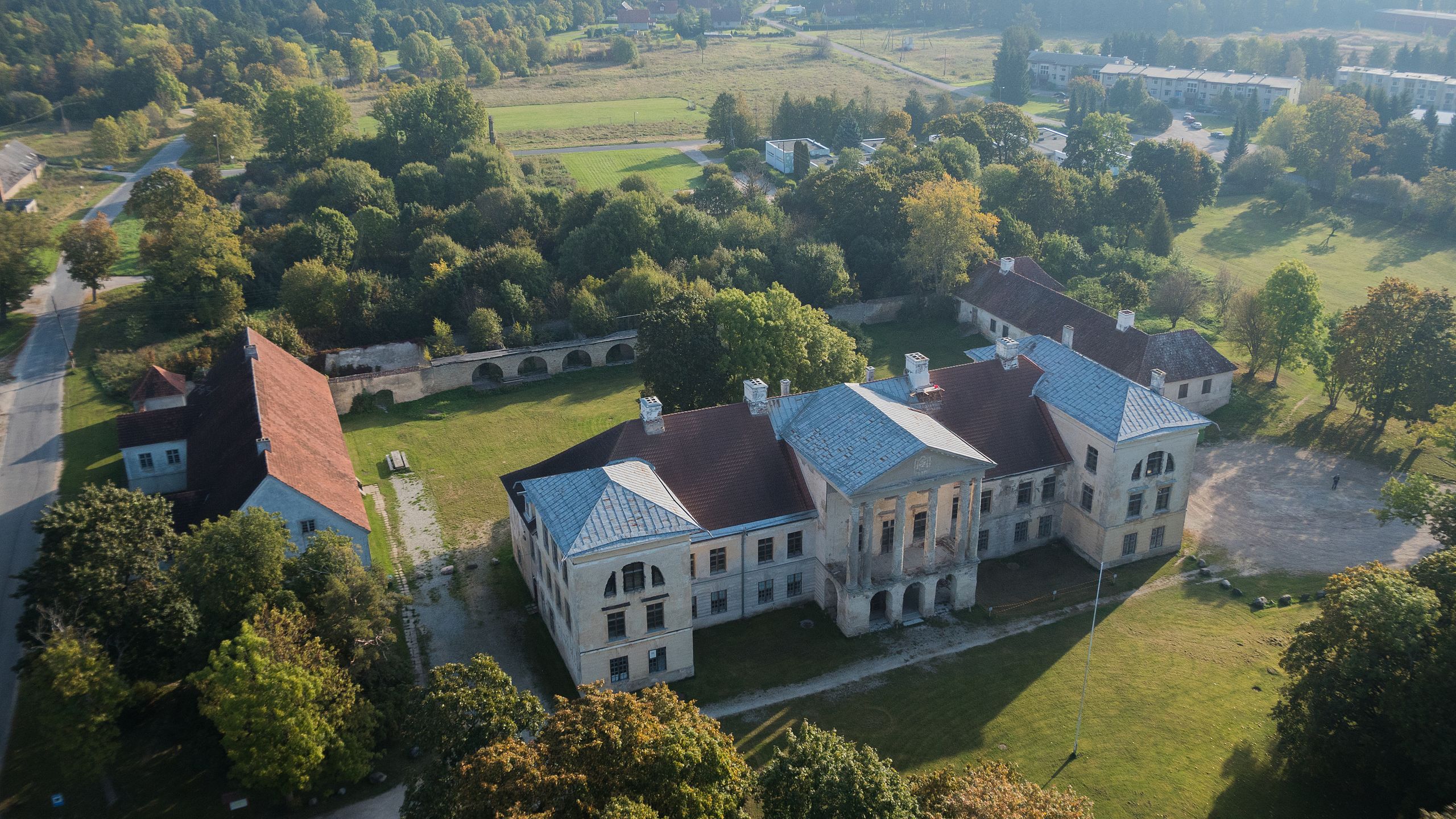
Kolga Manor
Distance from Igloo: 3.8 km
The manor, which according to the earliest records dates back to the 13th century, belonged to the Cistercian Order, and in 1581 King John III of Sweden donated the manor to Pontus de la Gradie, a famous Swedish commander. The manor house took on its current appearance in 1820, when it became a stylish classicist palace. The manor belonged to a noble family, the Stenbocks, from 17th century until the summer of 2014. Today the manor is privately owned.
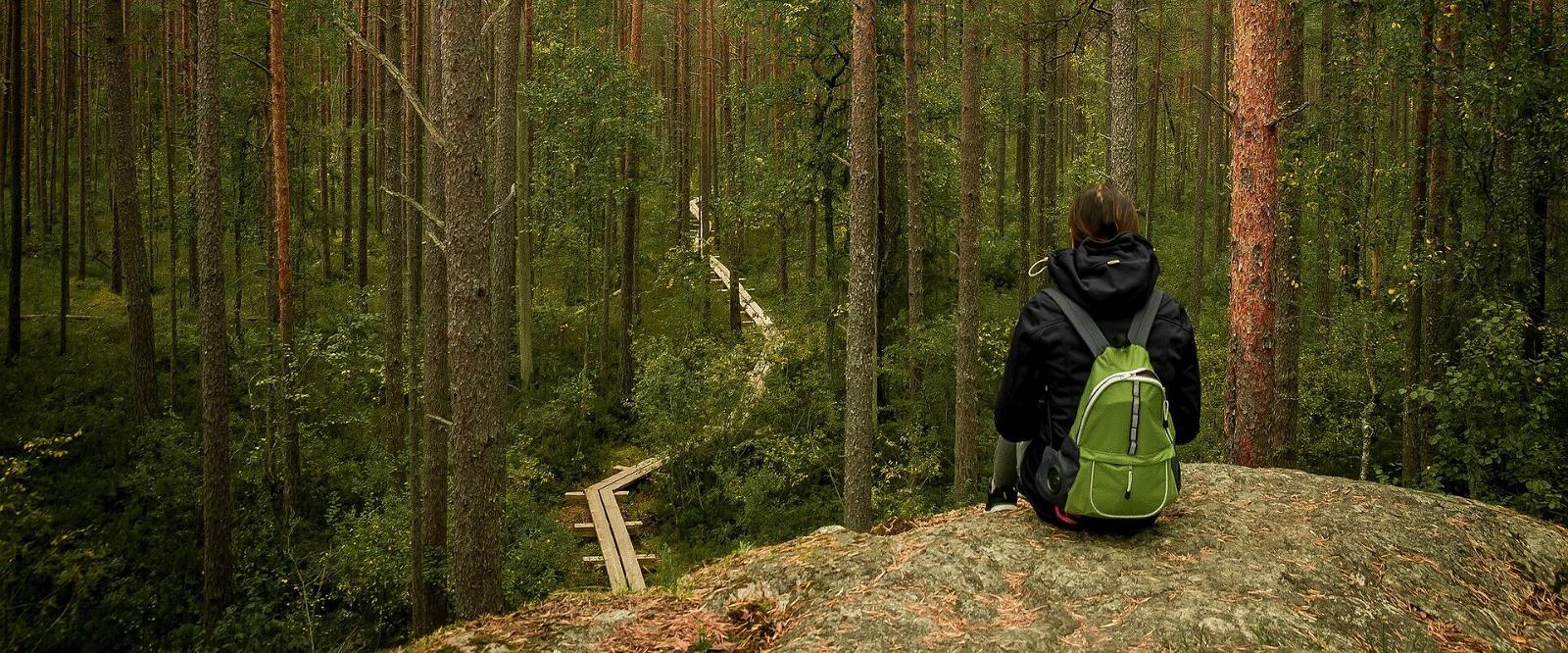
Majakivi
Distance from Igloo: 4.4 km
Majakivi, the third largest boulder in Estonia, is located on the hiking trail that starts on the Juminda peninsula. It’s a wonderful place to discover a landscape created by the intertwining of former coastal cliffs and sandy beaches, forest and marshland. At the highest point of the peninsula you can also find the Pikanõmme Lookout Tower, which is 13.5 metres high.
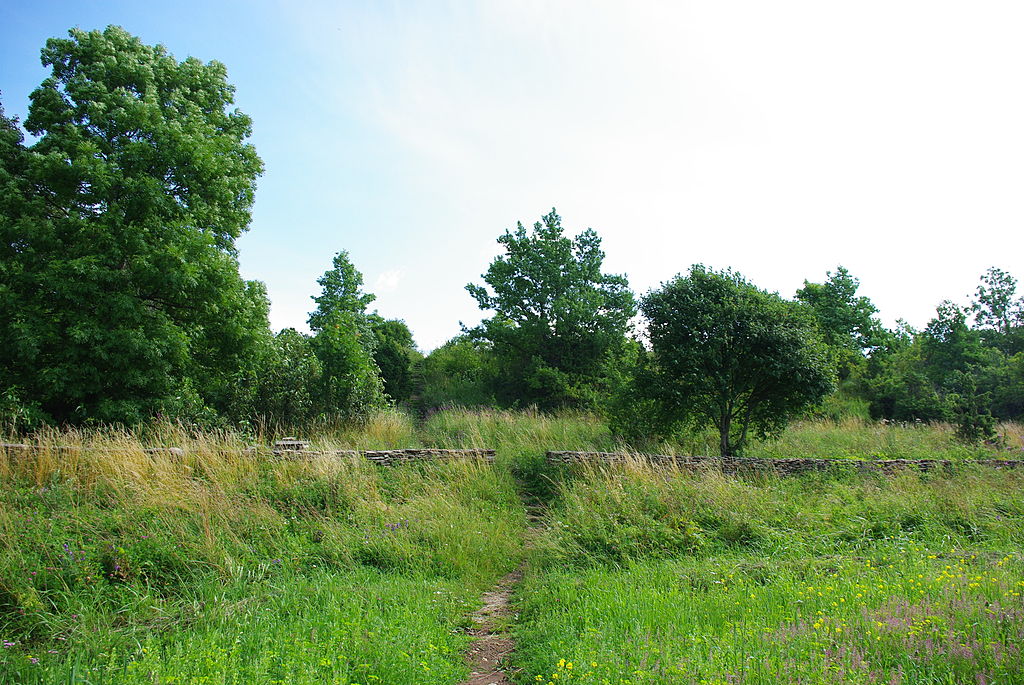
Muuksi Castle Hill
Distance from Igloo: 6.5 km
Muuksi hill is 47 metres above sea level and is believed to have served as a coastguard and lighthouse. The area was protected by a naturally steep and high cliff on the northern side, while on the southern side there was a curved stone wall. Today, only a part of the entire courtyard of the hill remains, a low rampart wall enclosing the fortress.
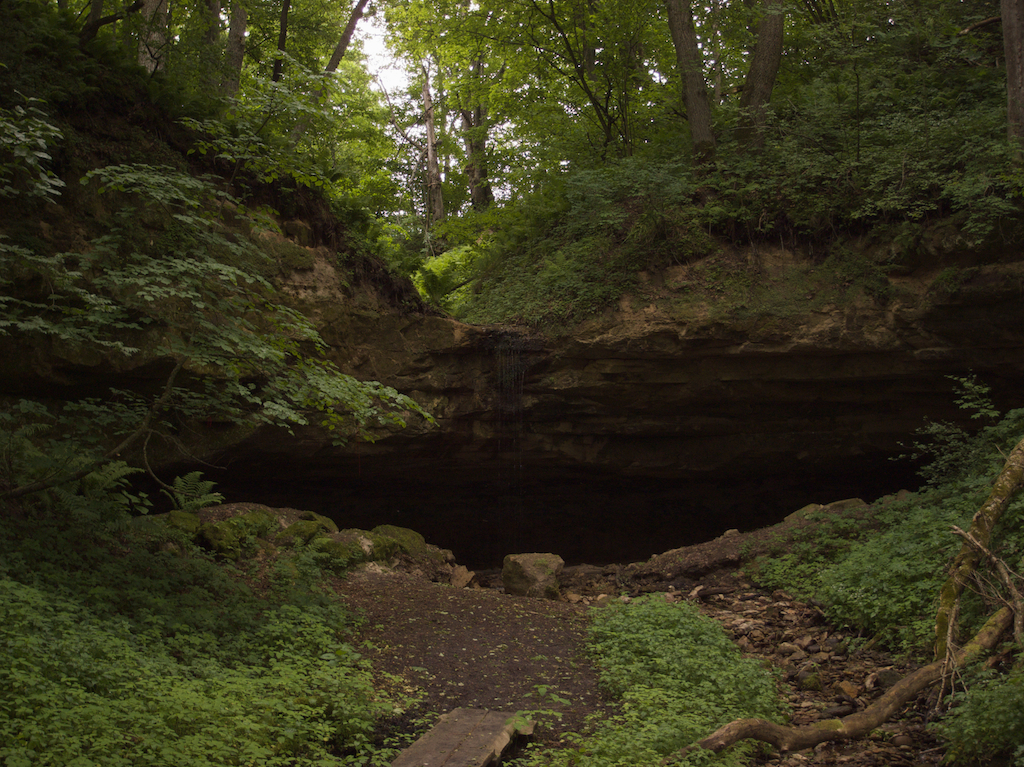
Turje cellar
Distance from Igloo: 8.7 km
The Fourth Waterfall of Lahemaa, or Turje Cellar, in the village of Muuksi, is one of the next natural attractions we recommend you explore. The water falls 4 metres from the sandy slope and over time the water and ice have created a cave that appears to be a basement from a distance. The “cellar” takes its name from the Turje family on the cliff above, and folklore has it that it was once the wine cellar of the Old Devil. Instead of water, vodka was said to have trickled from the shore. However, the waterfall is usually waterless, except during the thaw.
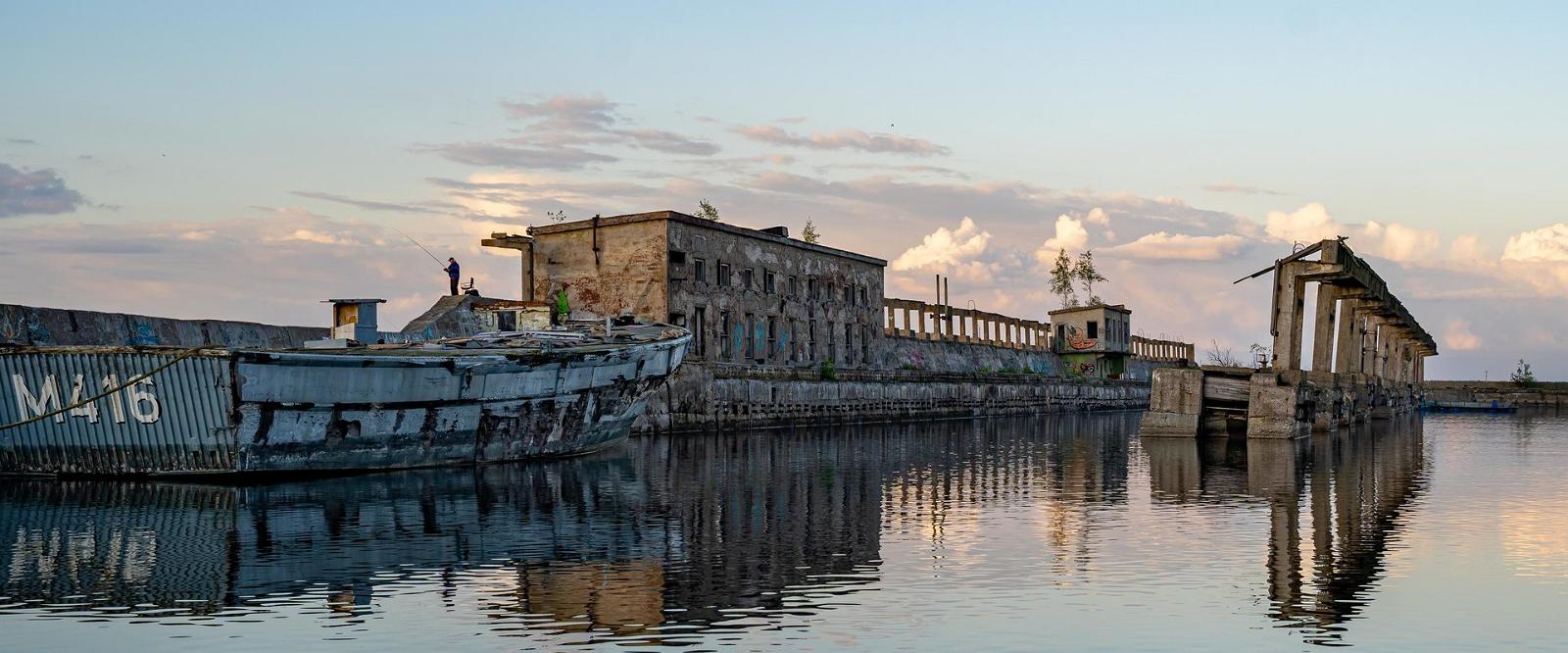
Hara Submarine Harbour
Distance from Igloo: 9.5 km
The Hara submarine harbour, a Soviet ship-demagnification harbour, belonged to the military and was a very important place for the entire maritime industry at the time. In addition to the demagnetisation coils, the whole bay was also littered with all kinds of cables to measure the magnetic fields of the ships. Now ships can only be seen there in storm shelters. All available metal has been taken from the port for scrap and the buildings have been looted. Now you can visit it as a museum.
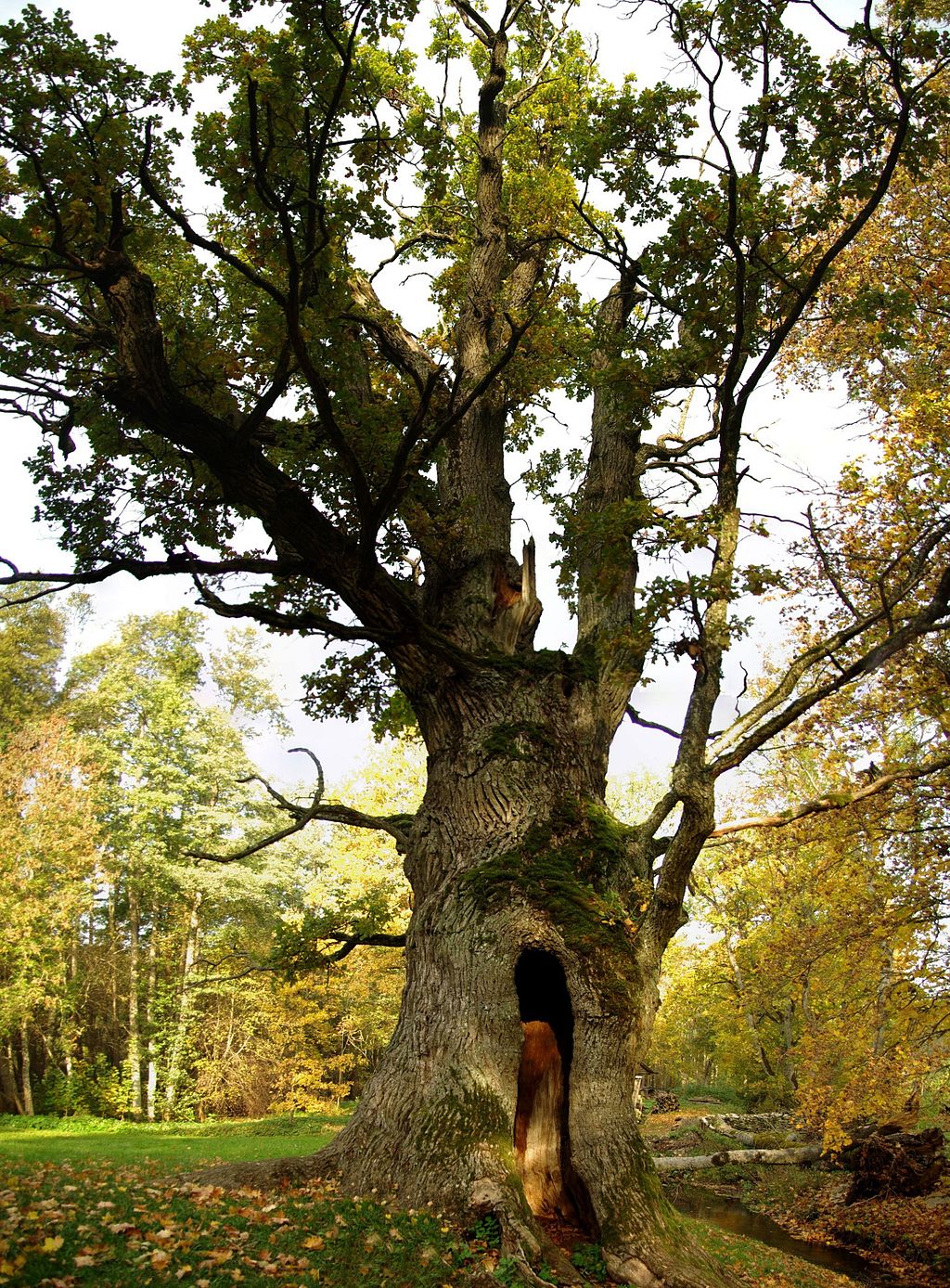
Oak of Tülivere
Distance from Igloo: 13.6 km
The Tülivere oak is the most famous and at the same time the largest indigenous tree in Northern Estonia, and there is no equal in the whole of Estonia thanks to its beautiful and spacious hollow. The cavity appeared in 1891 during an autumn storm when the most powerful lower branch, previously a favourite swinging spot for visitors, broke. Hollowness has increased over the years due to softening.
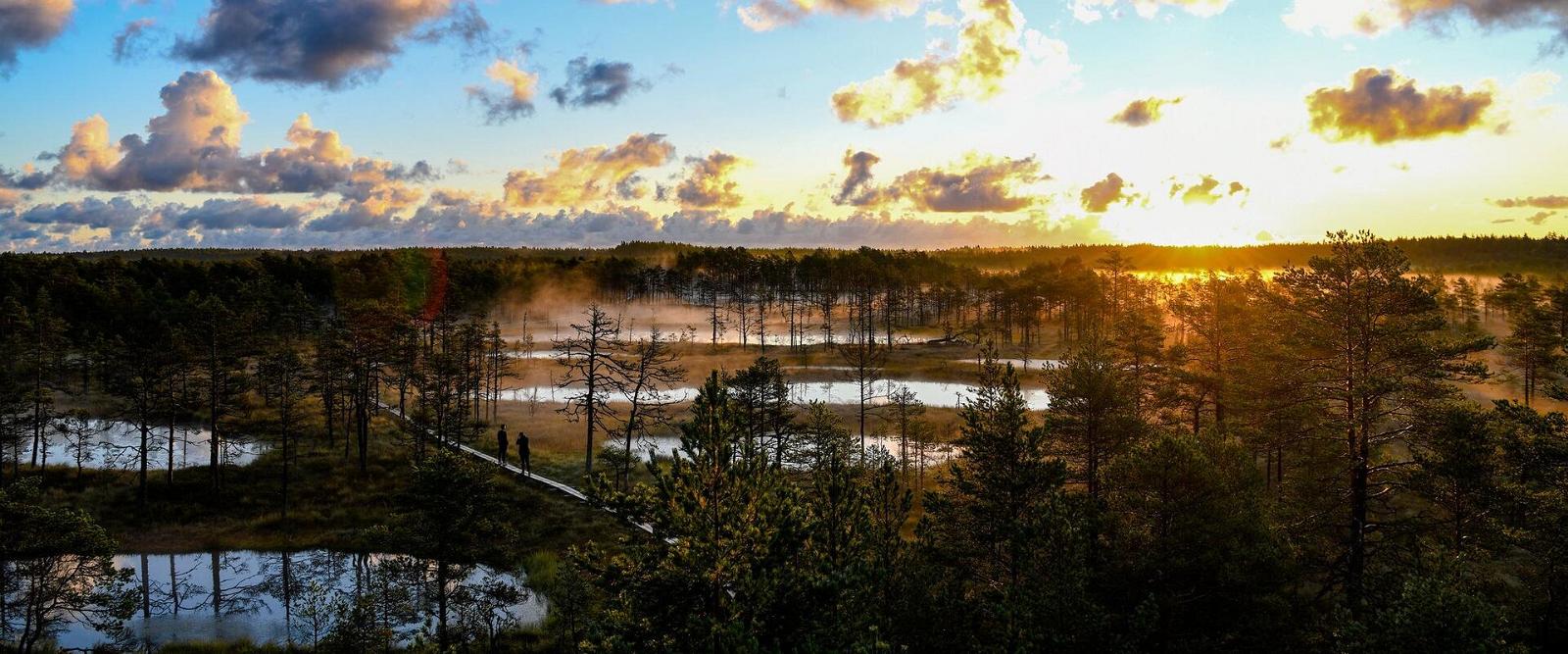
Viru bog
Distance from Igloo: 14.6 km
Viru bog is considered one of the most accessible bogs in Estonia. The route is 3.5 km long and the lap is 6 km. A boardwalk runs through the marsh, with an observation tower in the middle. The educational trail introduces bog vegetation, former sand dunes, heath forest and ridge and furrow. In summer, it is also a favourite swimming spot for locals.
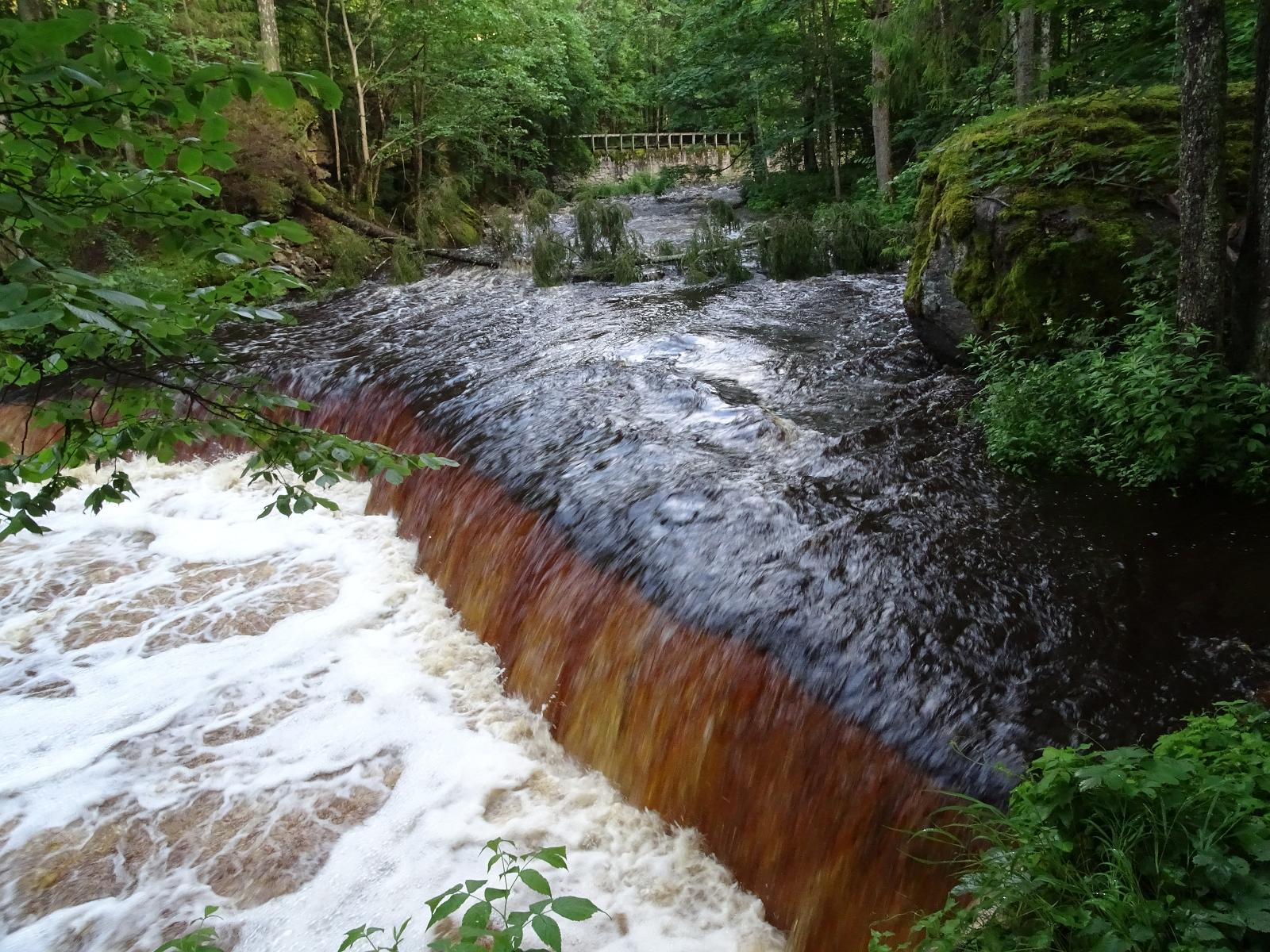
Nõmmeveski waterfall
Distance from Igloo: 25.1 km
The Nõmmeveski waterfall in Loksa municipality, Lahemaa National Park, is a tempting place to visit not only for the waterfall, but also for the surrounding canyon. On the walls, 15 metres of exposed Ordovician limestone, glauconitic sandstone, diketone ore and phosphorite can be found. The Nõmmeveski waterfall is a mind-cleansing place that we highly recommend visiting.
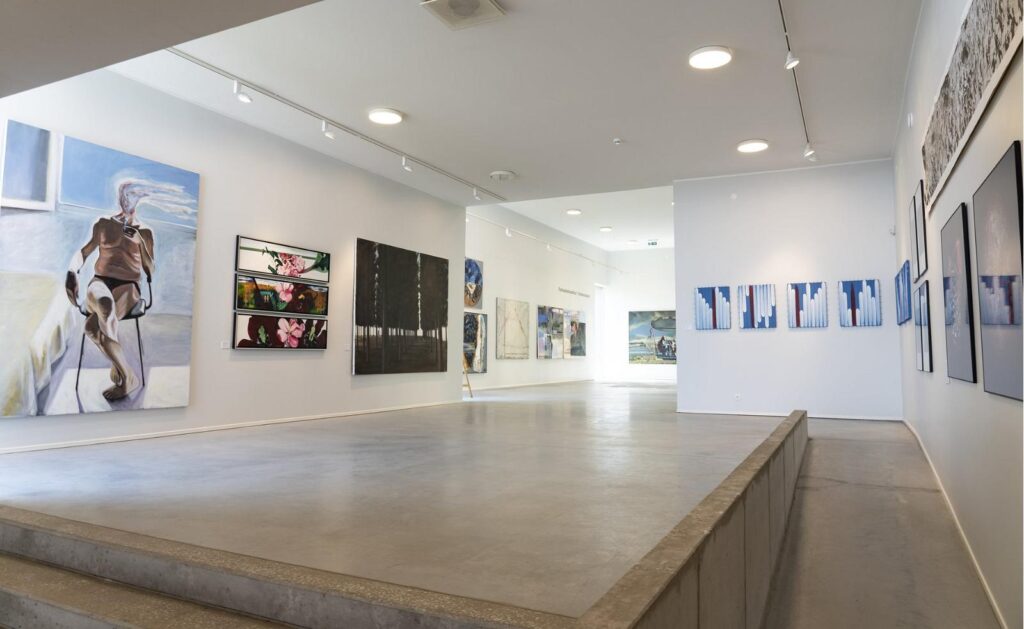
Viinistu Art Museum
Distance from Igloo: 25.8 km
The Viinistu Art Museum was opened in 2002 and the main building used to be the cold storage warehouse of the former fish processing factory of the fishermen’s cooperative. Today, the museum hosts an exhibition of more than 400 works from Jaan Manitsky’s rich art collection, which includes Estonian art from the 19th century to the present day. The museum is the only one of its kind in Estonia, as it provides a good opportunity to view the history of Estonian art through the eyes and preferences of one particular collector.
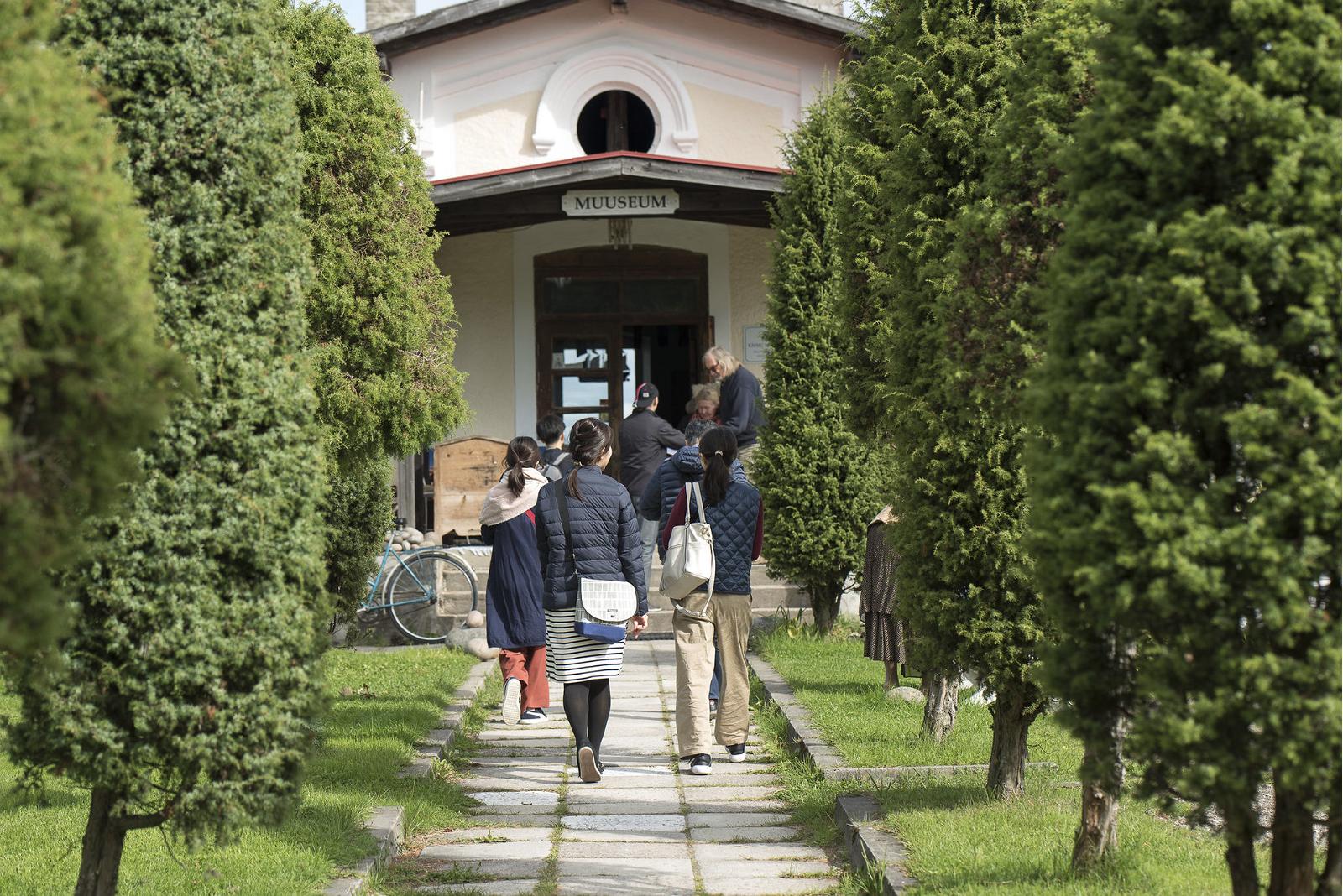
Käsmu Maritime Museum
Distance from Igloo: 35.2 km
1993. Käsmu Maritime Museum is now housed in the Tsarist-era Border Guard Barracks building, which presents the history of the legendary captain’s village. Among the museum’s exhibits you will find everything to do with the sea, from sea voyages and fishing to smuggling and the sea as part of nature.
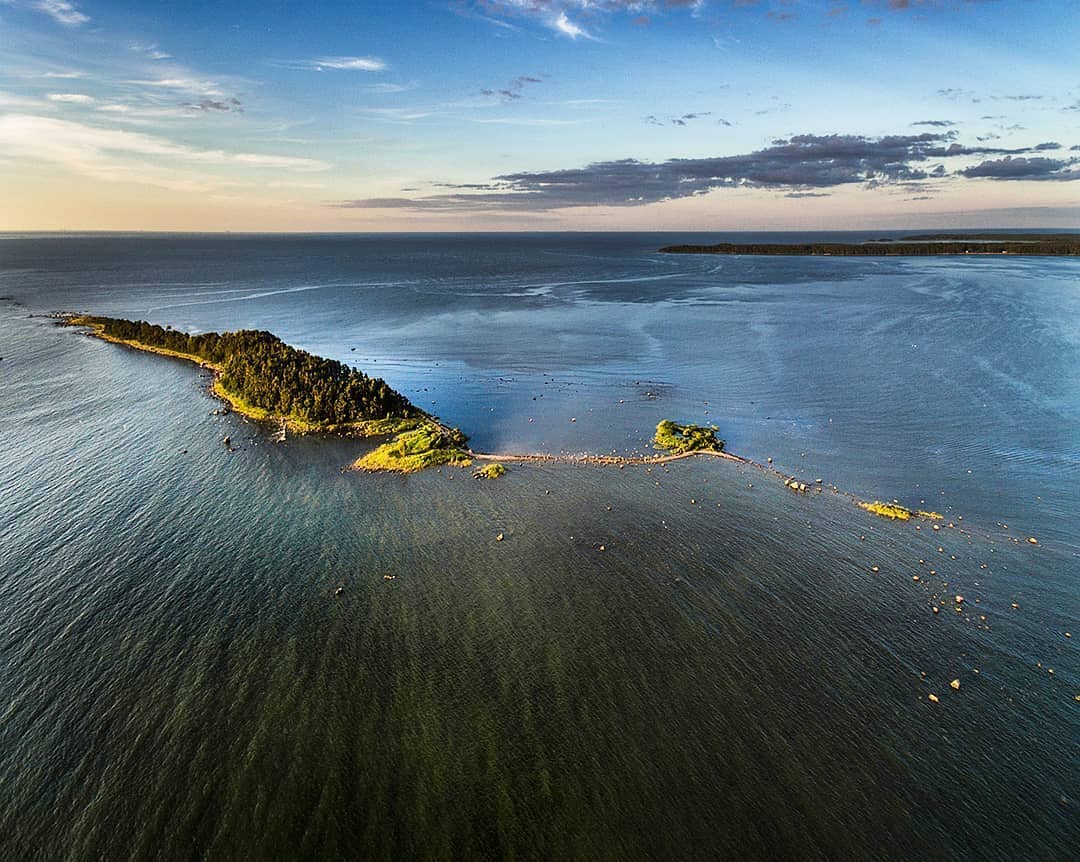
Käsmu Devil's Island
Distance from Igloo: 36.5 km
If you want to visit Käsmu Devil’s Island, be prepared to take your shoes off, as you can’t get there from dry ground. Roosisaar is near the tip of Käsmu peninsula. The name Rose Island comes from the Kurdlehis rose that grows on the island, but according to legend it is called Kuradisaar – Devil’s Island. The ancients do not associate this island with the devil, but with a swear word, because according to legend there was a bar where men drank off the money they earned at sea.
